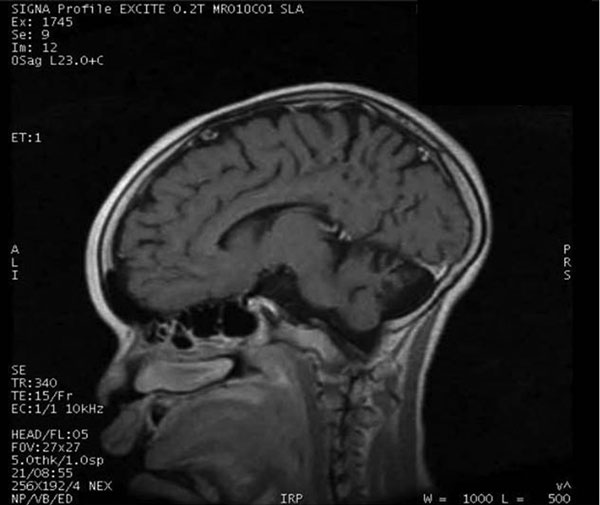The Disease
Nodding Syndrome is a recent, little-known disease which emerged in Sudan in the 1960s. It is a mentally and physically disabling disease that only affects children, typically between the ages of 5 and 15. It is currently restricted to small regions in South Sudan, Tanzania, and northern Uganda.Prior to the South Sudan outbreaks and subsequent limited spread, the disease was first described in 1962 existing in secluded mountainous regions of Tanzania.
Nodding Syndrome (NS) is a novel form of epilepsy which can lead to physical and mental growth retardation in children. Severe cases are fatal. The disease was first reported in Africa in the 1960’s and has been reported in some areas of South Sudan, Uganda and Tanzania. Children between ages 5 and 15 years are mostly affected.
Despite continued efforts by the World Health Organization (WHO) and the United States Centers for Disease Control and Prevention (CDC), the cause of the illness has not yet been identified.
Future steps in the investigations include exploring possible connections of Nodding syndrome to the parasite that causes river blindness, as well as the possible role of malnutrition and its impact on Nodding syndrome.
Transmission
The exact cause of Nodding Syndrome is unknown. Experts have proposed a number of theories to explain the cause of the disease. Some of the theories still being investigated include an association with onchocerciasis (river blindness) infection, exposure to war chemicals, consumption of some crushed roots or a nutrient
deficiency from the B group of vitamins. Limited evidence suggests that the disease is not spread via human-to- human transmission.
Symptoms
Nodding Syndrome is known to begin in children between five and seven years of age. The severity of the disease increases progressively. Patients are unable to think or concentrate, after which the symptoms of head-nodding starts. Children tend to nod their heads at the sight of food or when they feel cold – they then go into a state which resembles an epileptic fit. Nodding usually stops when the food is removed from sight or when the individual feels warm again. Physical and mental growth is hampered and mental retardation occurs. Seizures can be severe and may lead to fatality.
Diagnosis
Documentation for diagnosing this condition is limited and it is diagnosed on the basis of its symptoms. Some magnetic resonance images (MRI’s) have shown brain cell damage and degeneration.
Treatment
There is no known cure for Nodding Syndrome. Patients are managed symptomatically with the use of antiepileptic drugs. In areas where onchocerciasis is consistently present, mass treatment programmes for the disease have been initiated. Experts recommend that patients should be supported both psychologically and socially.
Prevention
There are no known vaccines to prevent this disease.
Risk to Travelers
The disease is known to occur in parts of South Sudan, northern Uganda and Tanzania. The local population is mostly affected. Risk to the international traveler is low.
(Above; MRI image shows prominent cortical athropy)




